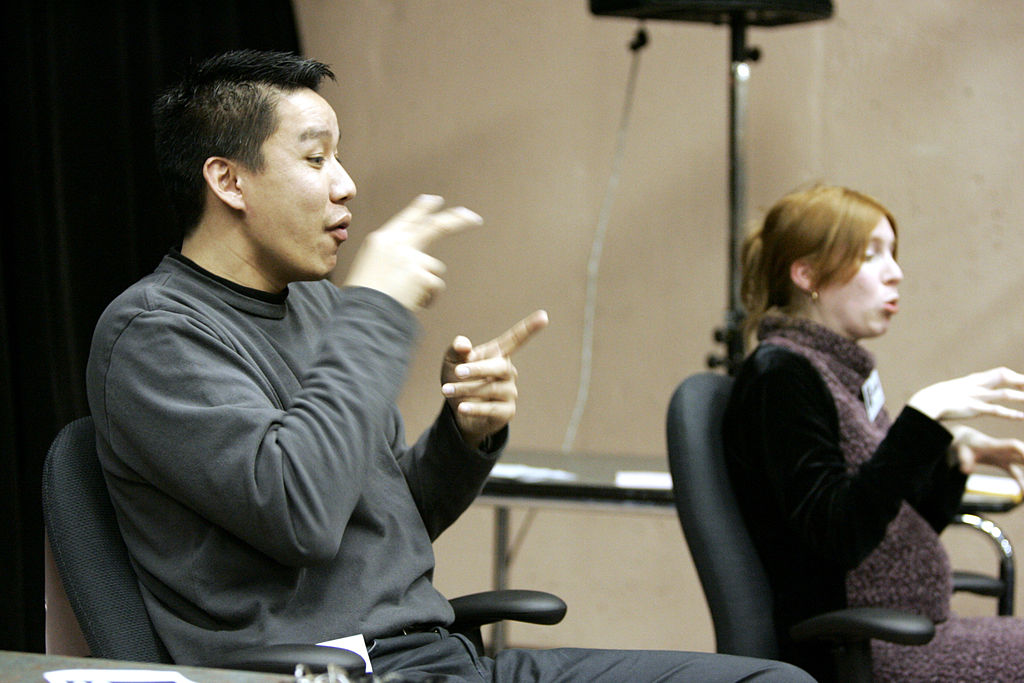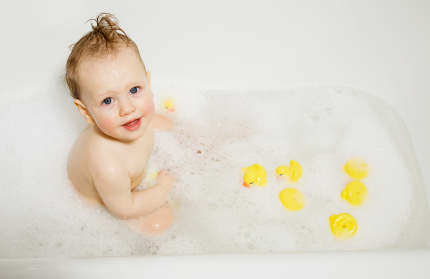[vc_row][vc_column][vc_column_text]Have you ever been to an event that had an interpreter for the hearing impaired? You can find them in a wide variety of places: commencements, lectures, even broadway plays. These folks are specially trained in programs all across the country. For quite a long time, one could attend the Juilliard Interpreter Training program, specifically to be trained to interpret live theatre events. This program was founded by a friend of mine, Alan Champion. Alan, a child of deaf adults (CODA) passed away in 2011, but during his time as a Broadway interpreter he served audience members of Next to Normal, Wicked, Shrek: The Musical, the Lion King, Jersey Boys, The Producers, and countless others. It is a special skill and Alan was one of the best. Here’s a short video in which Alan shares a bit about his work:[/vc_column_text][vc_video link=”https://www.youtube.com/watch?v=MkFAM0zYJ8o”][/vc_column][/vc_row][vc_row][vc_column][vc_column_text]
What About Music Performances?
Interpretation for sung music events has been around for quite a while, but there is a growing group of ASL interpreters taking the art to a new level. Meet Amber Galloway Gallego. Here she is interpreting “How Far I’ll Go” from Moana.[/vc_column_text][vc_video link=”https://www.youtube.com/watch?v=vy4qFFrATmw”][/vc_column][/vc_row][vc_row][vc_column][vc_column_text]Take note of a few things. Amber isn’t just conveying the meaning of the words…she’s conveying musical phrases, changes in pitch level, and dynamics. The energy in her gestures matches the energy in the music. It isn’t just about the words…it’s about the words and the music together and how those two things exceed the their individual values when combined.
Song is an incredible art form. It is more than just music and more than just words. The rise of the line in a song can make us experience feelings in ways just hearing the words spoken can’t. It makes sense that signing songs in real time as they are performed must take traditional ASL out of the box and let it lose. Here, Amber explains a bit about what she does and demonstrates the differences between her style of interpreting and traditional interpreting.[/vc_column_text][vc_video link=”https://www.youtube.com/watch?v=EuD2iNVMS_4″][/vc_column][/vc_row][vc_row][vc_column][vc_column_text]Amazing, isn’t it? This type of interpreting gives a greater level of nuance to the observer. It…kicks it up a notch.
How many of you have seen Mr Holland’s Opus? Do you remember that scene in which Richard Dreyfuss brings his high school band to his son’s school – a school for kids who are hearing impaired? He shares music with them in lights…in feeling the beats of subwoofers. He reaches beyond the “norm” to share an experience with a group that is often left out. That is what Amber and her colleagues are doing – bringing music to a part of the population in a way that allows them to encounter singing in a more vibrant way. We think that’s simply fantastic.
After all…music is for everybody.[/vc_column_text][vc_separator][/vc_column][/vc_row][vc_row][vc_column][vc_column_text]Want to learn more about Amber’s work? Check out her website here. [/vc_column_text][/vc_column][/vc_row]





